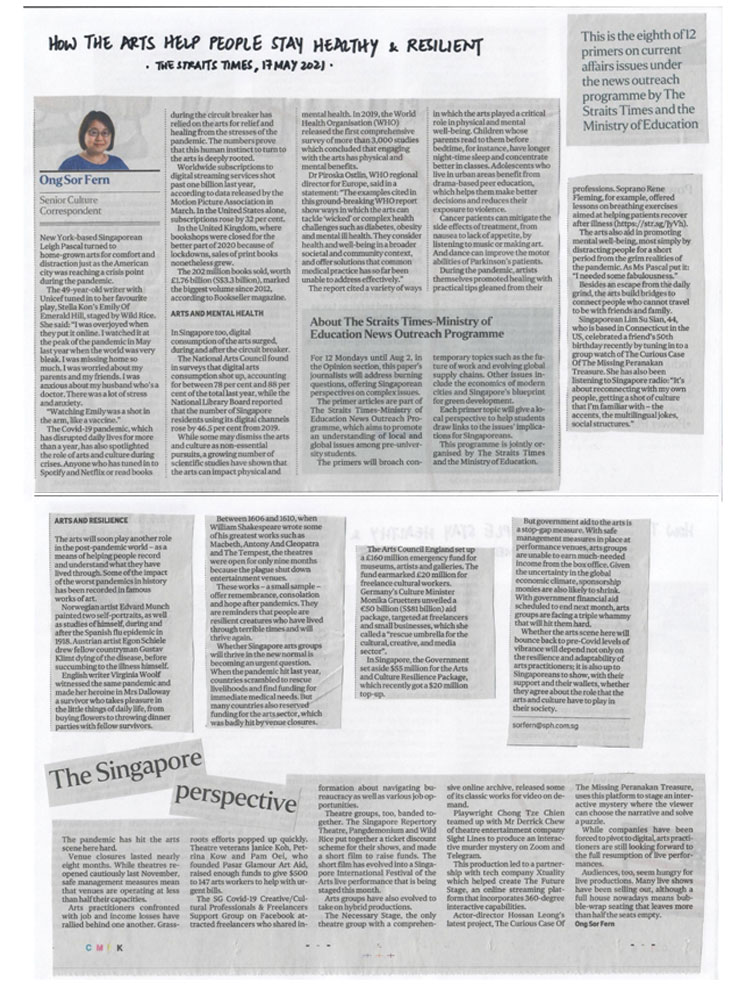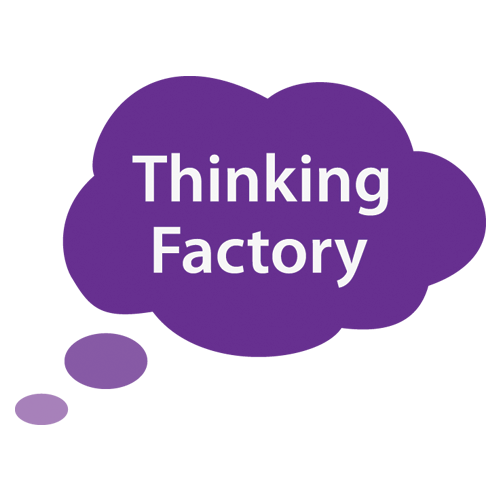Do you often find yourself starved for ideas when it comes to writing the expository essay or discussing the oral topic? If so, reading widely across a range of issues and topics might be something you want to work on. How can you make the most of your reading, especially when it comes to current affairs and newspapers?
Now that you’ll be experiencing a fair period of home-based learning (HBL), why not take some time to sink your teeth into the news and ramp up your reading?
Pondering and noting down your thoughts about various topics will go a long way in helping you formulate points and arguments when it comes to writing (Paper 1) and speaking (Paper 4).
This post will discuss various ways you can organise your notes on what you have read, and continue building on them as you come across related articles on various topics.
These 4 ways include:
- Analysing the start/hook,
- Exploring multi-faceted examples,
- Moving through concentric circles, and
- Learning new vocabulary.
We will use a primer article “How the arts help people stay healthy and resilient” (appended in the 2 images below) from The Straits Times that aims to uncover various hot-button issues in Singapore and see what we can mine — or extract —from it.

You can read the full article here.
1. Analyse the Start / hook
Look at how the writer starts her article. This is also called the hook, as it is meant to catch readers’ attention and convince them to read on. The writer has used an anecdote about a person who turned to the arts for comfort and distraction from the pandemic.
She gives a specific example (with name, age and the particular art form) showing how this person found solace from watching the online broadcast of a play, which was to her “a shot in the arm, like a vaccine”. This person’s perspective could strike a chord with many a reader who share the same experience.
2. Explore Multi-Faceted Examples
Notice the kinds of examples cited in the article. Not only does the writer use several examples to illustrate the various ways that the arts have helped people, she uses different types of examples that address the Physical, Emotional/Mental and Social (PES) aspects of the benefits.
A) Physical (P) – different groups of people
- Children: Having parents read to them before bedtime gives them longer night-time sleep and better concentration
- Adolescents: Engaging in drama-based peer education helps them make better decisions and reduces exposure to violence.
- Cancer patients: Listening to music or making art minimises the side effects from their treatment.
B) Emotional/Mental (E)
- Listening to music, watching a drama series or appreciating a painting helps people relax and escape from the daily grind.
- Historically, painters and writers expressed their feelings through their art.
C) Social (S)
- Watching a play together helps people from different locations/countries to connect and bond with each other.
Challenge:
Can you think of other ways that fit into any of these three categories (or even another category)?
3. Move through Concentric Circles
This is about moving from beyond your personal perspective to consider that of the larger community (your family, friends, neighbourhood), your country and even the world. Ask yourself questions like “How have the arts benefited me?” or “How have the arts improved my relationship with my friends/family?”
This article includes a “The Singaporean perspective” section that discusses how this issue plays out in our immediate context. Some of the ways that the arts have strengthened us as a community include:
i) Arts practitioners setting up the Pasar Glamour Art Aid to raise funds for art workers.
ii) Theatre practitioners teaming up to produce an interactive murder mystery on Zoom and Telegram, so that people can engage in fun and play from a distance.
4. Learn New Vocabulary
This goes without saying but how often do we gloss over new words and phrases without giving them much thought? Don’t miss opportunities to acquire new vocabulary and make it a point to use them in your writing and speaking.
Try this! From this article, find out what some of these new expressions mean [There are some prompt questions in brackets to help you think further]:
- a shot in the arm, like a vaccine
- the human instinct to… is deeply rooted (What other deep-seated human instinct can you think of?)
- grim realities
- escape from the daily grind (Why is daily routine called a “grind”?)
- succumbing to…
- stop-gap measure (of government aid to the arts – Why do you think this is so?)
Now that you’ve seen 4 ways to mine ideas from news articles in action, try them on another article! Look out for the next primer in The Straits Times, or source similar articles in TODAY online’s Big Read or Commentary sections. This might take some time at the start, but your efforts will pay off as you reap the benefits of your hard work! So, start reading with purpose today.
Don’t Miss Any Future Post!
2024 Bukit Timah Branch Secondary English Tuition Timetable
| Level | Class Type | Day | Time |
|---|---|---|---|
| S1 | All Components Class | SAT | 5 pm to 7 pm |

